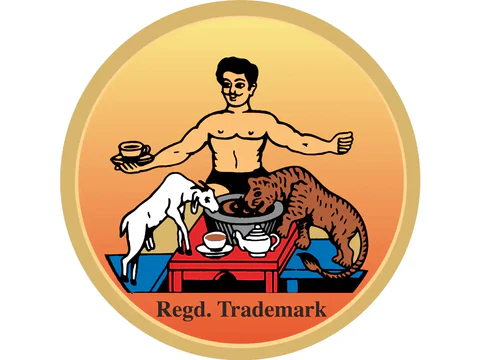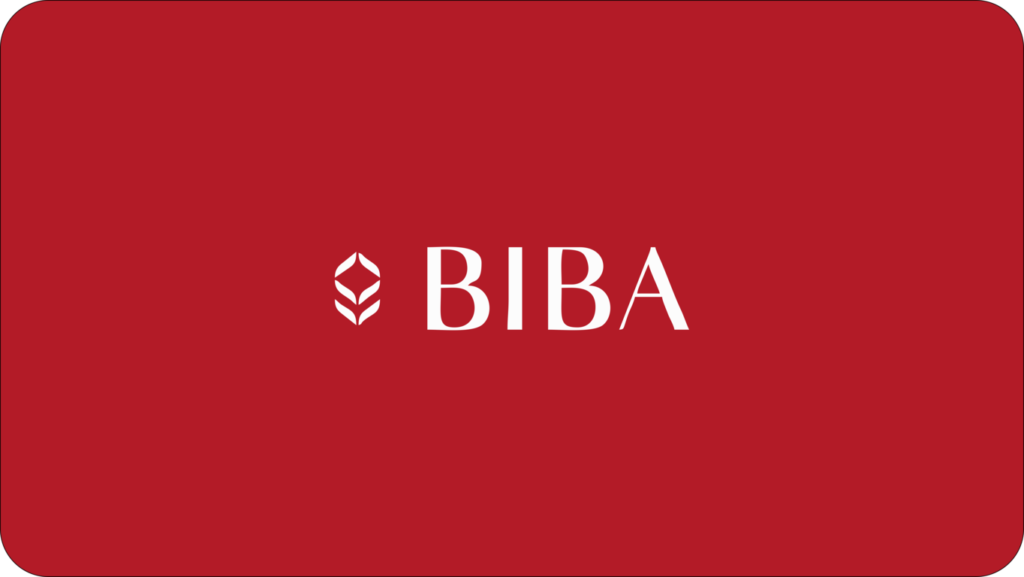Unforgotten Brands – Wagh Bakri

The company was instrumental in the fight for social justice and is extremely successful in India and internationally
Narandas Desai moved to South Africa in 1892 and bought 500 acres to plant tea. There, he met Mahatma Gandhi and began to admire him. While in South Africa, Narandas Desai studied the ins and outs of the country’s corporate culture and the tea industry. He worked in tea cultivation, experimenting, testing, etc. for 20 years in South Africa. South Africa, like India, was a colony of the British Empire at the time.
In South Africa, Narandas Desai experienced racism firsthand. At first, he fought and opposed all this, but as racial prejudice increased, Narandas was eventually compelled to leave South Africa and return to India. He took some items back to India when he returned in 1915. Along with him came a certificate signed by Mahatma Gandhi, recognising him as the most trustworthy and seasoned tea garden owner in all of South Africa.
Gujarat Tea Depot
In 1915, Desai established the Gujarat Tea Depot Co. in Ahmedabad to sell processed tea. Before that, he had spent some time working at a tea plantation in Mahabaleshwar, Maharashtra. In 1919, Narandas established the Gujarat Tea Depot in Ahmedabad, bringing with him the knowledge and expertise he had gained in the tea industry during his time in South Africa. Two or three years passed before he settled on a name for his tea. But things turned around, and in only a few years, he had become Gujarat’s leading tea grower.
Brand Name

‘Gujarat Tea Depot’ introduced ‘Wagh Bakri Chai’ in 1934 Wagh Bakri Tea’s logo represents unity and harmony. The logo has a tiger representing the higher class and a goat representing the lower class. Wagh means tiger in Gujarati, whereas Bakri means goat. It sends a powerful social message to show them sharing a cup of tea. A symbol of equality where the powerful and the weak may share a cup of tea without prejudice.
Gujarat Tea Depot kept up its wholesale and retail sales of tea across seven locations until the year 1980. It was the first organisation to see the value in selling tea in pre-measured packets. They decided to form Gujarat Tea Processors and Packers Limited in 1980 to meet the demand. A second office was established in Kolkata to oversee the company’s tea procurement from auction houses. In 2003, Wagh Bakri had already surpassed all other Gujarati tea brands.
In 1980, Narandas’s grandsons, Piyush (chairman), Pankaj (vice chairman and managing director), and Rasesh (director), expanded the family company into the packaged tea industry, changing the partnership firm into GTPPL.
The Wagh Bakri Group’s factories can churn out 2 lakh kg of tea each day, or 40 million kg per year. Ahmedabad is home to the organization’s headquarters. The experts in the organisation choose the best teas from among the more than 15 thousand tea estates in India.
Wagh Bakri tea is famous not only in India but also in other countries. More than 40 nations now get Wagh Bakri tea. The ‘Wagh Bakri Chai’ brand is now present in roughly 20 states. Tier 2 and Tier 3 cities account for 90% of the company’s revenues. All around the nation, you may find Wagh Bakri Tea Lounges.
Reference
https://www.indiatimes.com/trending/human-interest/story-of-wagh-bakri-chai-546021.html
https://buytea.com/blogs/blog/journey-history-wagh-bakri-tea-company-india
https://www.forbesindia.com/article/india039s-family-businesses/wagh-bakri-the-good-blend/49453/1



